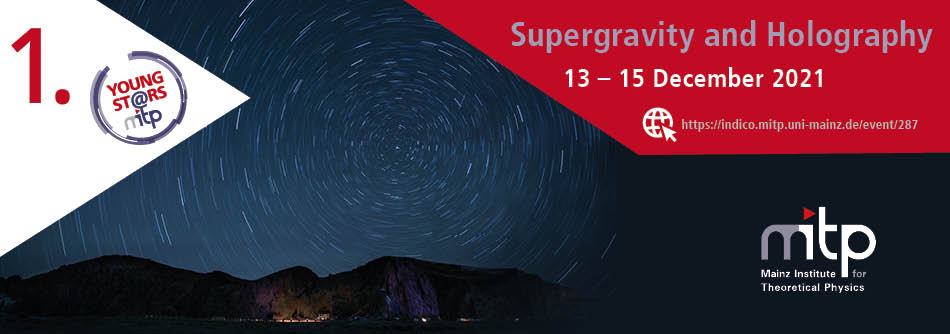The unification of quantum principles with gravity into a consistent theory of quantum gravity is one of the main challenges of modern theoretical physics.
In this context, several approaches based on different motivations and techniques have been developed. Among them, supergravity and string theory turned out to be complementary approaches to quantum gravity. The former, being a low-energy effective theory for the massless excitations of superstring theory, is realized as a supersymmetric extension of general relativity, where invariance under general coordinate transformations follows from supersymmetry itself.
In this scenario, it becomes of crucial importance to single out the essential features shared by different approaches which may then benefit from the mutual interchange of tools and ideas. In this respect, one of the major recent development concerns the holographic principle, of which one of the most celebrated realizations is the AdS/CFT correspondence (also known as gauge/gravity duality). The holographic principle was originally motivated by black hole physics and in particular by the peculiar property of their entropy scaling with the horizon area rather than with their volume, as one would instead expect being entropy an extensive quantity. Essentially, the holographic principle states that gravitational physics significantly reduces the number of physical degrees of freedom, suggesting that a quantum gravity theory must be fundamentally non-local in the sense that all the information about its degrees of freedom is encoded at the boundary surface, the latter being finite or asymptotic. It is widely expected that any good candidate quantum gravity theory should exhibit holographic features, at least in certain regimes. Although under the experimental point of view holography is still a hypothetical perspective, the study of holographic aspects of supergravity theories is a promising framework for connecting different approaches as well as for understanding to which extent holography might be realized at a fundamental level.
The scientific program of the workshop aims to bring together a diverse group of leading theorists in supergravity, black hole solutions, and holography, to forge collaborations between different areas, identify common subjects and complementary approaches, and set the agenda for future developments and new applications. The key focus areas will be:
- Unconventional supersymmetry;
- Recent advances in supergravity and applications in the context of holography;
- Teleparallel supergravity;
- Geometric approaches to supergravity in superspace;
- Regularization methods in gravity;
- Black hole solutions.
The participation of prominent experts will ensure top-quality research output, with significant impact on several sub-fields.

